Montana's National Parks, National Recreation Area, And National Geologic Trail
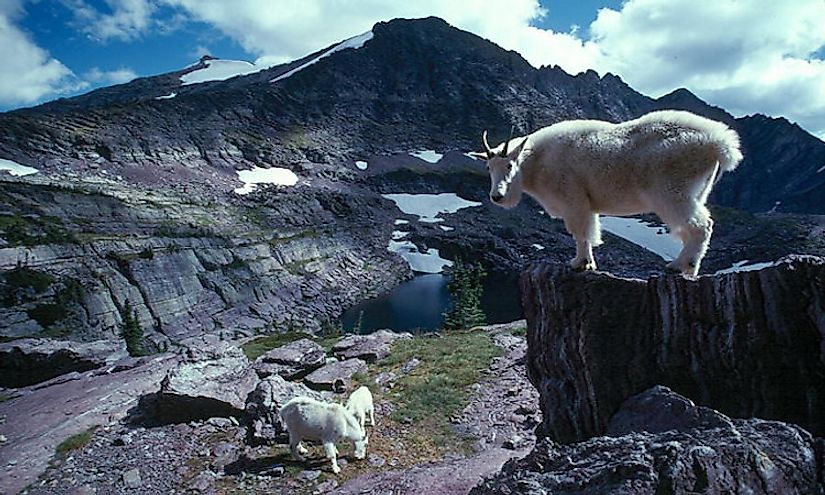
Montana, nicknamed the "Big Sky Country” and "The Treasure State” lie in the Western region of the US. This US state shares a 545-mile border with Canada’s British Columbia, Saskatchewan, and Alberta provinces. Montana is also bordered by North Dakota and South Dakota to the east, Idaho to the southwest and west, and Wyoming to the south. Though Montana is the country’s fourth-largest state, it is the 44th most populous state in the country. The western third of the state is covered by a number of mountain ranges. Smaller island ranges occur in the rest of the state. Montana houses two national parks, a national geologic trail, and a national recreation area. These are described below in the list.
4. Bighorn Canyon National Recreation Area -
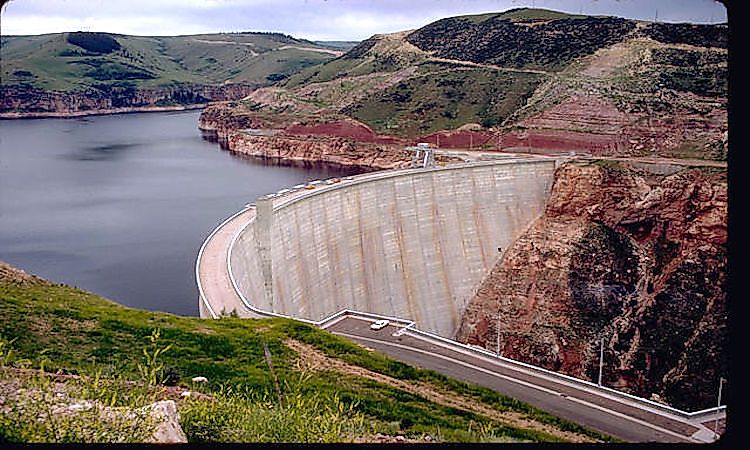
The Bighorn Canyon National Recreation Area was established on October 15, 1966, by an Act of Congress. The area encompasses 55 miles of the 71 miles long Bighorn Lake created by the construction of the Yellowtail Dam on the Bighorn River. One-third of the Bighorn Canyon National Recreation Area is occupied by the Crow Indian Reservation. The recreation area offers visitors immense opportunities to enjoy and explore the natural world of this amazing place. An astounding ecological diversity and over 10,000 years of ancient human history are star attractions of this recreation area. Bicycling, camping, fishing, boating, hiking, horseback riding, picnicking are all enjoyed by tourists in the Bighorn Canyon National Recreation Area.
3. Ice Age Floods National Geologic Trail -
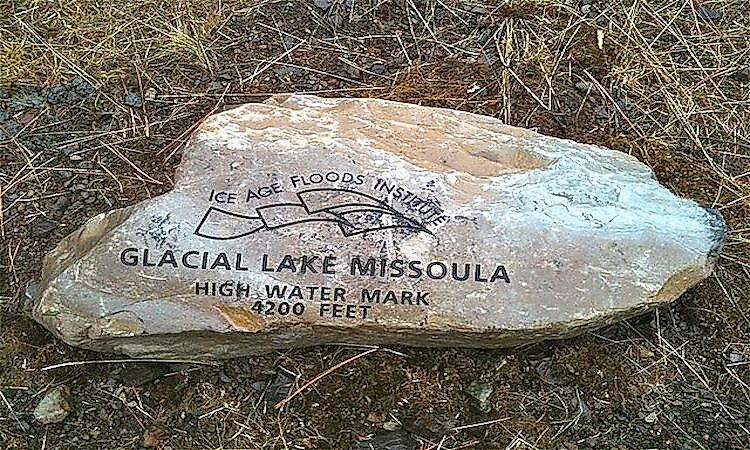
An interesting geologic trail, the Ice Age Floods National Geologic Trail is the country’s first designated geologic trail. The 2009 Omnibus Public Land Management Act established the trail in parts of Montana, Washington, Oregon, and Idaho. The unique photogenic landscape of the trail area is witness to a series of cataclysmic floods at the end of the last Ice age, around 12,000 to 17,000 years back. Today, those visiting the trail, either driving or hiking through it, can enjoy the spectacular scenery and also gather knowledge about geological events during the last Ice Age. A number of museums and information centers like the Museum of North Idaho, Montana Natural History Center, the Columbia Gorge Discovery Center, and others are located along the trail.
2. Yellowstone National Park -
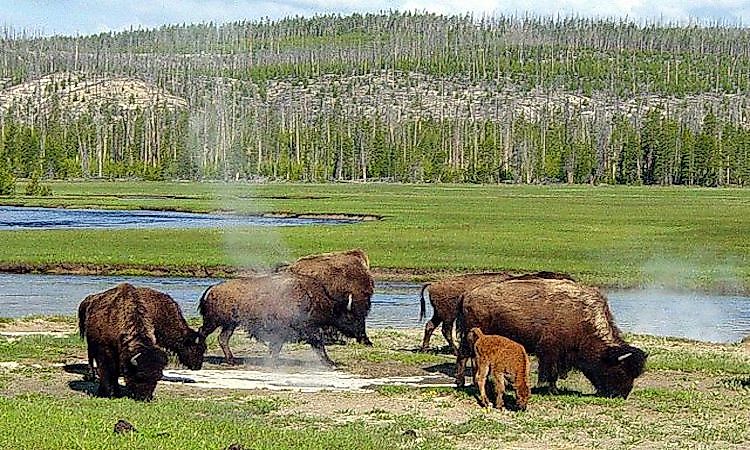
Though a major section of the Yellowstone National Park is in Wyoming, a part of the park also extends into Montana and Idaho. It is one of the two national parks in Montana. The national park was established on March 1, 1872, and was the country’s first national park. The geothermal features of the park are well known across the world. The Yellowstone National Park also houses a rich diversity of wildlife and varied ecosystems.
The Yellowstone National Park thrives with tourists who visit the park to marvel at the colorful hot springs, geysers, and mudpots at the park. The grizzly bears of the Yellowstone are famous for their massive size and fierce nature. Hundreds of mammalian, avian, fish and reptilian species have also been documented in the Yellowstone National Park, many of them endangered or threatened. Wolves, bison herds, and elk are some of the most notable inhabitants of the park. Camping, hiking, fishing, and boating activities are popular tourist activities at the park.
1. Glacier National Park -
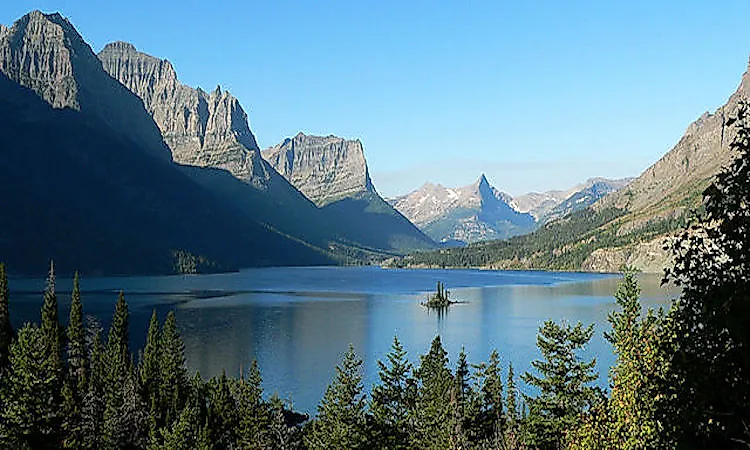
Glacier National Park is another one of the two national parks in Montana. It is located on the border of Montana with the Canadian provinces of British Columbia and Alberta. The 1 million acres size park encompasses two mountain ranges, nearly 130 lakes, over 1,000 species of flora and hundreds of species of fauna.
Two threatened mammalian species of the grizzly bear and the Canadian lynx live in the Glacier National Park. Mule deer, bighorn sheep, elk, bobcat, coyote, white-tailed deer, cougar are some of the other mammalian inhabitants of the park. Bald eagles, peregrine falcon, osprey, golden eagle, rosy finch, timberline sparrow, cedar waxwing, etc., are some of the birds of the Glacier National Park.











